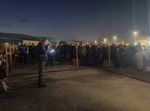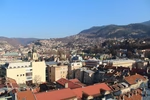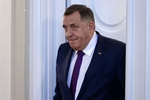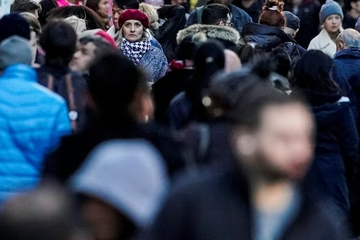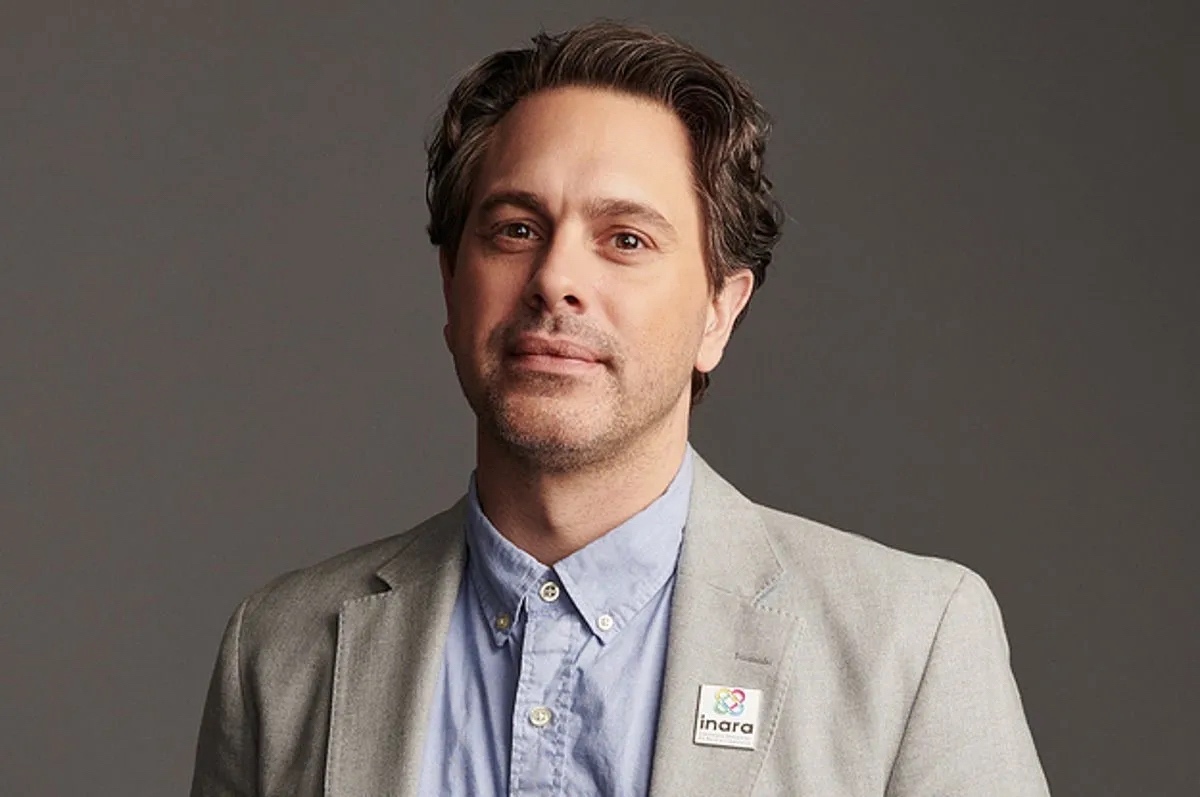
War Child USA ambassador and 'Newsroom' lead actor, Thomas Sadoski, has recently visited Yemen for the second time and reflects on the consequences of the conflict.
This essay was set to be published as an op-ed by a significant international news organization. After receiving their proposed edits, which were so substantive as to completely change the intent, tenor and balance of the article, I felt that I had no choice but to refuse publication. It is my firm belief, that no child- regardless of the ethnic, geopolitical or religious affiliation they were born into, no child- anywhere- should have their suffering excised from consideration, be it in an op-ed, the halls of Congress or in a war room discussion about the rules of engagement. Our positions and passions must always hold dearly the suffering of children and guide us toward the safety and salvation of them all. Any that don’t are suspect and are to be held in contempt.
The Children of War
Faced with galling numbers of dead children in the Israel-Hamas war, UNICEF spokesperson James Elder grimly encapsulated what many in the humanitarian sector know to be true: “Gaza has become a graveyard for children”.
A graveyard indeed. How else to describe the horrific volume of tiny, lifeless bodies crushed under concrete, blown apart by grenades, bullets, bombs and rockets, that grows with every passing day? And Israeli children who continue to confront the sheer horror of being hunted down, watching their loved ones mutilated and destroyed by terrorists on October 7th, alongside the irreconcilable trauma of those who were- and more painfully those who still remain hostages.
Yet “graveyard” does not put a fine enough point on it: this cross-border battlefield is not a place of quiet remembrance, but a deluge of human misery overrunning its banks and subsuming a region. It will haunt every single person of conscience exposed to it for the rest of their lives. Those of us who have worked in war zones — who have tried to protect children in the face of such devastation and deprivation — know this too well. We have seen, lived and railed against it in far too many children’s “graveyards” — places that long ago disappeared from headlines but still bleed: Bosnia, Kosovo, Sudan, South Sudan, El Salvador, Yemen, the Democratic Republic of Congo, Somalia, Honduras, Afghanistan, Myanmar, and Syria, to name but a few.
Throughout this crisis, humanitarian law is being invoked by all sides in a relentless dogfight for narrative control, in which children’s agony is captured and callously weaponized without even a pause to consider the most fundamental question of all: what happens to these children tomorrow…and however many days are left for them after tomorrow? What happens when these acknowledged “graveyards” transform from the maximi momenti into a distant, daily hell? Where will these children be when the protests, the open letters, graffitos, self-applauding academics and thousands strong rallies — the congressional demands for action, controls and humanitarian intervention — move on?
I ask because through my work with the international humanitarian organization War Child USA I recently returned from my second trip this year to Yemen, a waking nightmare that has slipped from public consciousness even as peace negotiations seek to end nine years of obscene violence that has claimed more than 375,000 lives. The United States’ boot print on this crisis is irrefutable, in the form of upwards of $100 billion in active foreign military sales and aid to our top military trading partner, Saudi Arabia, which has been locked in an immotile battle for control against the Iranian-backed, Houthi — whose recent drone and cruise missile attacks on Israel and any suspected affiliated ships in the Red Sea is causing significant disruption. Al Qaeda and ISIS also maintain a presence in Yemen, sewing their own brand of manic and psychotic violence, further complicating the task of providing desperately necessary assistance to a suffering population (73% of Yemenis depend on humanitarian aid for survival). I was told by the World Food Program that in camps for internally displaced people (IDP) food rations normally provided monthly by the WFP and other agencies have been reduced to two deliveries in the past year — this, in a place with a famine risk among the worst in the world. And most harrowing of all, just weeks ago the WFP announced that they will be “pausing” food distribution in the Houthi-controlled areas- which contain around 80% of the national population- for the foreseeable future.
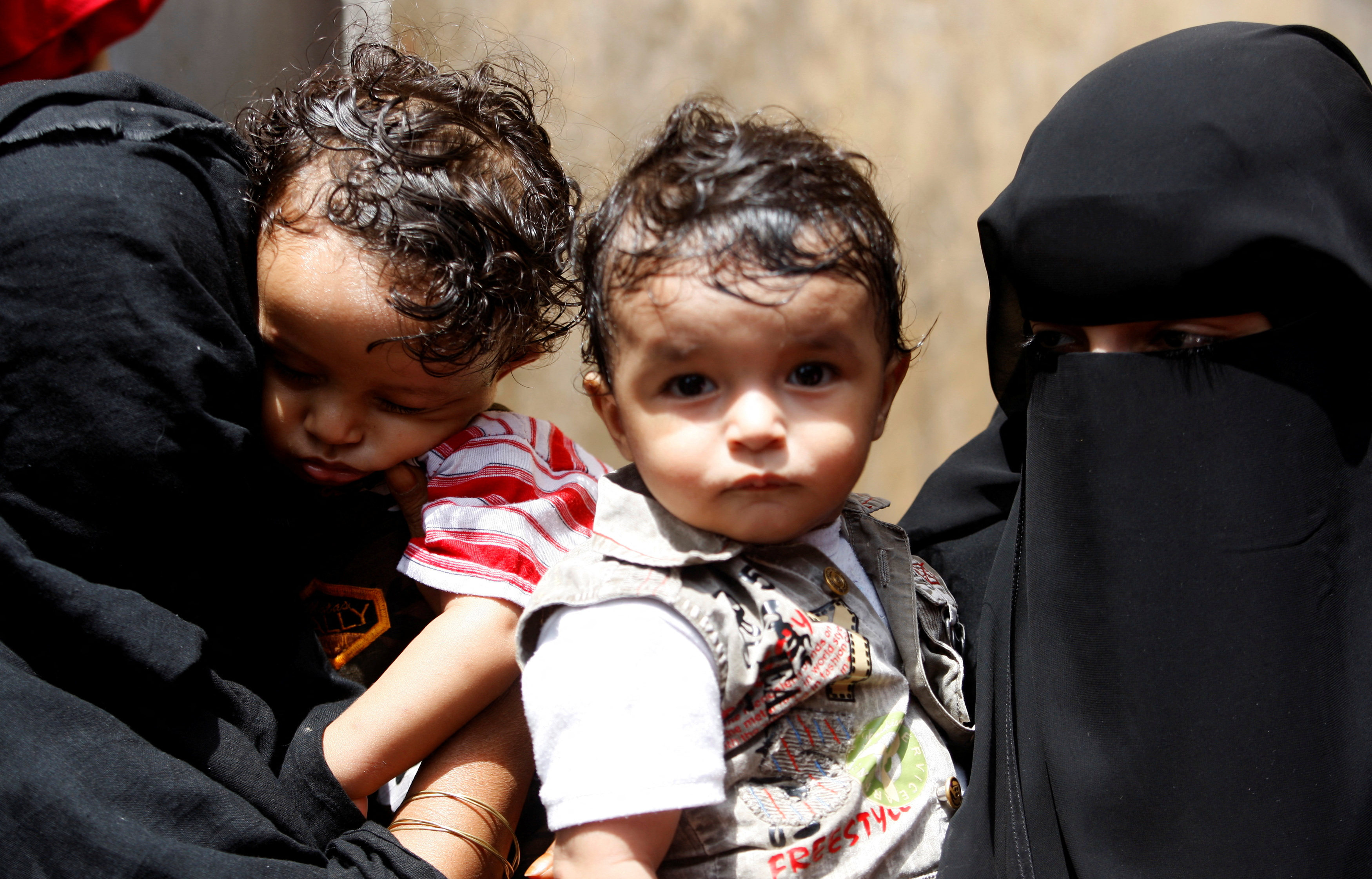
But the agencies are not to blame. For all of the world’s protestations of solidarity and empathy for the suffering, the Global Humanitarian Appeal for Yemen for 2023 ended the year having been only 37% funded (see graphic below). And Yemen is not alone: humanitarian appeals for every single war-torn nation outside of Ukraine and now Israel-Gaza are dangerously underfunded. The Democratic Republic of Congo — in sheer, unimaginable numbers, the worst war in modern African history at more than 5.3 million dead — was less than 40% funded. Sudan, a war that has killed an estimated 13,000 and displaced more than 5.7 million (the equivalent of the entire state of Minnesota) in a mere 6 months as it marches again towards literal genocide of the Masalit people, was 38% funded. Afghanistan, 30%. Myanmar, 29%. El Salvador, 24%. Honduras, 15%. And not a hashtag to be found.
Without resources and support, children of war die in unimaginable numbers not just from bombs, bullets and shrapnel. They die from something more insidious, elemental and wicked: global apathy.
If I can leave you with anything at all it is to please remember this: behind every overwhelming and overlooked number is a human life. I met Abdullah, a bright and spirited twelve-year-old boy with an extraordinarily wiley grin and puckish eyes, living in an IDP camp outside Aden, Yemen. He had narrowly survived an aerial bombardment of his home city, Hodeida. His widower father gathered his children and fled, desperate for safety and with languishing hopes for opportunity. Neither were to be found. Cuts to his family’s food rations and the immediate threat of starvation sent Abdullah to a daily routine of scrounging mountains of fetid garbage and war debris in search of anything to eat or something worthy of bartering. A few months ago in his drudgery he found a wooden munitions box. If full, the resale value of its contents to the local militia might save his family. He picked up a rock and hammered at the lock. The box exploded, ripping off his left arm, half of his jaw and sending a sheaf of various fragments deep into his chest. Alive but broken, Abdullah still digs the garbage, because without it his father and his sisters starve. The razor’s edge reality of that horrific end looms heavily over the camp. I left Abdullah and his father that day and a young woman approached with her one-year-old daughter, Soraya. She was the size of a six-week-old infant. She was skeletal, fatally listless, and too dehydrated to cry. She was hours away from the same hungry death that took her sister a few months earlier.

There are thousands of these stories in that camp. Tens upon tens of millions worldwide. This is the reality of children living with war, the near entirety living in agonizing anonymity — particularly after media and public interest wanes, and when there are no more political points to be scored through the exploitation of their suffering from behind keyboards, on flyers or beneath placards. The truth of what leads to this kind of havoc and torment is never simple and none who set- or keep- the wheel of pain in motion may lay even a whisper of a claim to righteousness.
It is easy to give into both calcified powerlessness and disordered anger when watching the inexcusable heartbreak unfolding in Gaza and Israel right now. And if we want to protect children from both immediate and prolonged atrocity, we can. What’s required is that we prioritize unyielding solutions to children’s suffering. There must accountability on local and global levels, in courts, in the entirety of media and at the ballot box. Aid organizations working on the front lines with children around the world need consistent support as perpetual and generous as that given to the churning mechanisms of the children’s suffering. And they need it now in order to respond to this rising tide of misery and prevent further catastrophe.
They need it before the headstones of more children are carved: “These were not our wars”.
Sadoski spoke to N1's Ika Ferrer Gotic in 2017, where he said he was motivated by the Srebrenica genocide to become what he is today - a human rights activist. Watch the full interview with Sadoski in the video:
video-cdn src="https://best-vod.umn.cdn.united.cloud/stream?asset=sathomassadoskiweb20171201144431240&stream=1mb&t=0&player=m3u8v&sp=n1info&u=n1info&p=n1Sh4redSecre7iNf0" video-id="1601012"]
Thomas Sadoski is a founding member of the international humanitarian organization War Child USA and holds more than a decade of experience working to advance the rights of civilians living with war. He is also an acclaimed actor whose film and television credits include The Newsroom, Life in Pieces, The Crowded Room and the forthcoming movies Lilly and Adult Children.
Kakvo je tvoje mišljenje o ovome?
Učestvuj u diskusiji ili pročitaj komentare





 Srbija
Srbija
 Hrvatska
Hrvatska
 Slovenija
Slovenija










